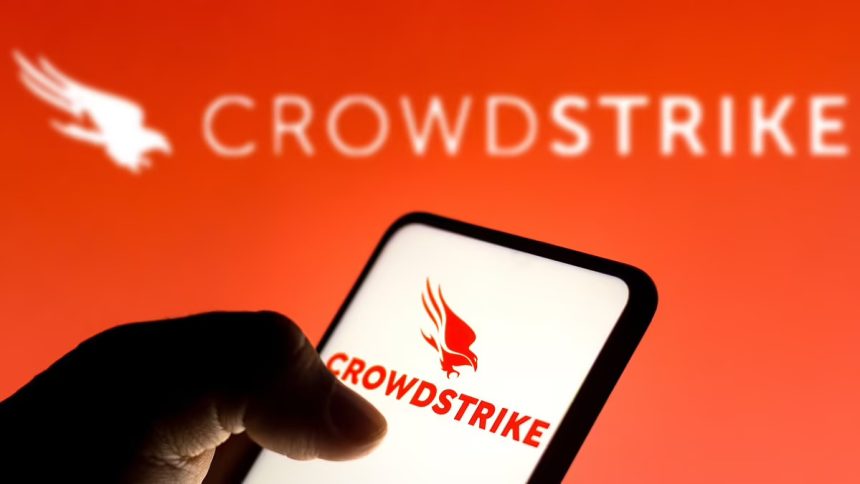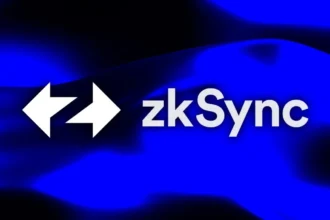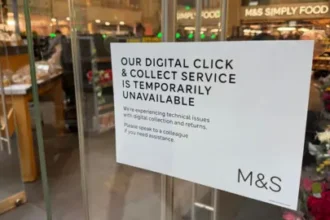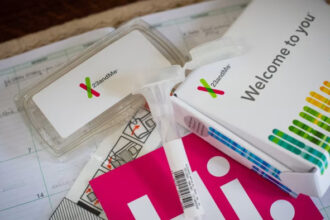The latest disruption caused by an anti-virus company in the US has escalated into an unprecedented global outage. Being labeled as the largest of its kind, this human error has impacted numerous services and companies worldwide.
Crowdstrike, an anti-virus firm you might not be familiar with, made an update to its virus scanner, Falcon, which severely disrupted millions of Windows-operated computers. Within an hour of the outbreak, the list of affected brands became too extensive to maintain.
This issue led to the notorious Blue Screen of Death appearing on screens globally. There’s no indication that this incident was intentional or that any data was compromised. However, cybersecurity experts still recommend keeping software updated.
Based on reports, Apple and Linux users remained unaffected by this havoc and took solace in their immunity. On the other hand, Microsoft quickly distanced itself, citing it as a “third-party issue.”
Though Crowdstrike has issued a fix, the remedy is not straightforward. IT personnel from various organizations have reported that each affected machine needs to be manually rebooted in safe mode, presenting logistical challenges, especially for less accessible devices.
Crowdstrike’s initial statement lacked an apology, sparking outrage online. However, George Kurtz, the CEO of CrowdStrike later expressed deep regret over the incident, apologizing to everyone impacted.
This problem shows how much we rely on remote devices these days, especially the ones managed by big corporations. And when do those systems go down? Chaos! Major platforms like Microsoft are constantly battling cyberattacks and pushing out software updates.
They usually catch these things, but this time, something slipped through the cracks. It’s a wake-up call for Microsoft to rethink how they handle these situations.
Timing is everything when it comes to software updates. As one tech expert put it, “Never push an update on a Friday.” Why? Because most companies have fewer IT staff on weekends, meaning any problems take way longer to fix.
Mid-week updates are the way to go to avoid this kind of headache. If you’re a Crowdstrike customer, they’ve got instructions on how to fix things on their website.
If you’ve got your IT team, they’re probably already on top of it. But unlike those little internet hiccups that fix themselves, this one might take a few days to fully sort out.














